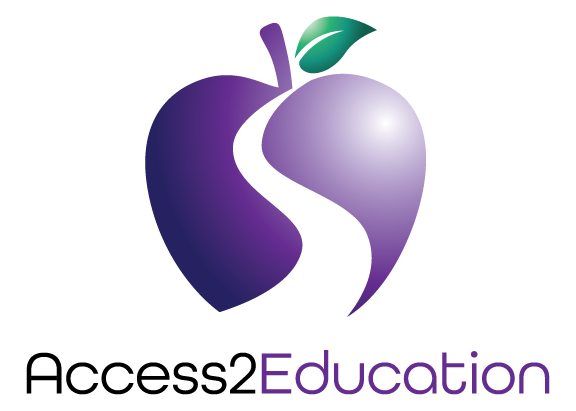4 Myths About Learning Disabilities and Assistive Technology
Let’s talk about the use of assistive technology in the classroom and some common myths about their use and how AT can help struggling learners.
Over the past few year technology has come leaps and bound in supporting students and people with learning disabilities.
But doesn’t using technology mean the child or person is being lazy? Doesn’t it mean they aren’t learning?
I would argue the opposite is true. Here are some common myths about the use of technology and how it helps to support struggling learners.
Assistive technology can come in many forms.
Myth 1: Using Technology Makes the Learner Lazy
Think of technology like an elevator. You could take the stairs, to go up 14 floors, but it takes more physical effort and so much more time.
Using the elevator is a tool that helps remove the barrier of work. The effort it takes to get to the top is less scary and easier.
This is how assistive technology helps to support students in their learning in the classroom. It allows the student (or person) to show what they know about a topic without worrying about the barriers that normally stand in their way.
Myth 2: Using technology gives kids with Learning Disabilities an advantage
If you struggle to read, write or do calculations in your head you are less likely to do those tasks. You are more likely to try and avoid these difficult tasks.
But it you can have something to helps you make that job easier you are more likely to engage in learning and therefor do better.
This does not give you a better outcome than a peer, who might not be using assistive technology, it simply makes it so that the access to show what you understand is more even. The technology levels the playing field so that everyone is able to be successful.
Myth 3: Technology will fix the learning issues
Using assistive technology, such as Read and Write Gold or Google Voice will not remove all of the students learning issues. It will however remove the fear and anxiety that might be standing in the way of their own success.
Learning is hard. Learning is scary for some students. By providing a tool that removes the fear and anxiety associated with reading a long passage or writing a five paragraph story, it allows the child or person to access the brain power for success rather than fear.
Myth 4: They won’t want to interact with peers during group work
Remember the example in myth 1? Using technology to access the work or provide their own thoughts through a voice to text method allows greater access to students who struggle.
For students who struggle to get thoughts out from their brain, down their arm, printed into the letters, the thought of writing in a group can be debilitating.
However provide them with a tool, a voice to text tool for example, and they are able to access the assignments and the work as easily as their peers.
4 myths about assistive technology and why they don’t stand up.
Supporting learners using technology
Everything should be used in moderation. Technology will never replace being able to read and write or do math by memory. What it does do, however, is give students who struggle a chance to access and show what they can do without the barrier of their learning disability.
For a child or person with Dyslexia reading can be laborious. They might avoid reading a long chapter of a text book because it’s too long. However, if the book is available in audio version and they can follow along in the book while it’s being read. This allows them to hear the book, see the book and participate in the learning in a way to works for them.
For a child or person with Dyscalculia remember numbers or basic addition and subtraction facts can difficult. They might understand the concept, the steps and reason why but can’t do it on paper or in their head. Handing them a calculator is not taking away the challenge, it’s removing the barrier that gets in the way of showing what they know.
Our world is changing
As our world begins to relay more and more on technology, both at home, work and school we will see more us of technology in the classrooms. This is something that can help all learners in the classroom.
It supports those who need it most but certainly also helps those students who are average learners. It levels the field for everyone by allowing all students and persons to access assistance without having to feel different or embarrass.
Have you gotten your FREE IEP Binder Organizer yet? Join our mailing list to get yours and help keep your child’s school documentation in order.
Follow me on Instagram @access2educationtoronto and Facebook.











June can be a scary time of year for those who struggle with transitions. Looking at BIG T Transitions and little t transition can help you build a transition to ensures the success of your child.